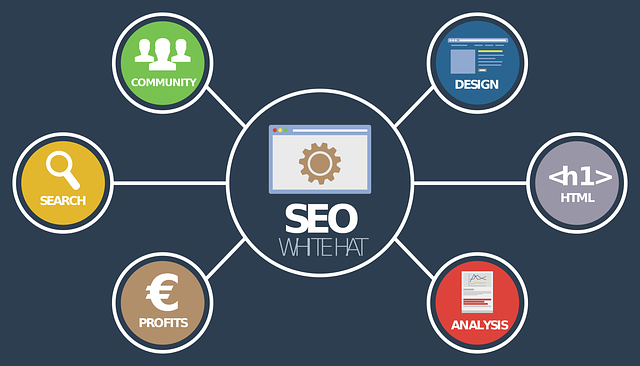AI-driven table turnover optimization is a game-changer in hospitality and retail, leveraging advanced algorithms and machine learning to predict demand and optimize table allocation during peak hours. This technology collects data on reservation history, capacity, party sizes, and staff schedules, minimizing overcrowding and enhancing customer experiences. As a complex yet valuable tool, it relies on robust data infrastructure, sophisticated analytics, and real-time feedback loops to reduce waste, lower costs, and enhance satisfaction. By understanding customer behavior and operational inefficiencies, AI enables organizations to develop tailored strategies for minimizing staff turnover, fostering engagement, and loyalty through data-backed recommendations.
In today’s data-rich environment, businesses are turning to AI-driven table turnover optimization to gain a competitive edge. This comprehensive guide explores how artificial intelligence is revolutionizing decision-making processes, enhancing efficiency, and reducing waste. We’ll delve into the key components of effective AI business data systems, strategies for real-world implementation, and the transformative power of AI in minimizing table turnover. Get ready to unlock insights that can propel your business forward.
- Understanding AI-Driven Table Turnover Optimization
- Components of an Effective AI Business Data System
- Implementing AI for Real-World Turnover Reduction Strategies
Understanding AI-Driven Table Turnover Optimization

AI-driven table turnover optimization is a game-changer for businesses, especially in hospitality and retail sectors. By leveraging advanced algorithms and machine learning techniques, this technology revolutionizes how companies manage their resources and enhance customer experiences. It involves analyzing vast amounts of data to predict and optimize table availability, ensuring efficient seating arrangements and minimizing wait times.
This process starts with collecting and processing data points such as reservation history, table capacities, party sizes, and staff schedules. The AI system then identifies patterns and trends to forecast demand and dynamically adjust table allocations. For instance, during peak hours, it can strategically reassign tables to balance capacity, preventing overcrowding and ensuring a seamless experience for all patrons.
Components of an Effective AI Business Data System

An effective AI business data driven decision system is a complex yet powerful tool that leverages machine learning algorithms and sophisticated analytics to optimize operations and drive growth. Key components include robust data collection and storage infrastructure, capable of handling vast volumes and varieties of data from various sources; advanced data preprocessing techniques to clean, transform, and prepare data for model training; and robust machine learning models designed to identify patterns and insights hidden within the data.
Integral to this system is AI-driven table turnover optimization, where algorithms analyze customer behavior, market trends, and operational metrics to predict demand, optimize inventory levels, and enhance supply chain efficiency. This not only reduces waste and operational costs but also improves customer satisfaction by ensuring products are available when and where they’re needed. Effective systems also incorporate real-time analytics and feedback loops to continuously refine models, adapt to changing conditions, and deliver increasingly accurate predictions and recommendations.
Implementing AI for Real-World Turnover Reduction Strategies

Implementing AI for Real-World Turnover Reduction Strategies involves leveraging advanced machine learning algorithms to analyze vast amounts of business data, identifying patterns and insights that were previously difficult to uncover. By understanding customer behavior, market trends, and operational inefficiencies, organizations can develop tailored strategies to minimize staff turnover. AI-driven table turnover optimization systems can predict which employees are at risk of leaving, enabling proactive interventions and personalized retention plans.
These solutions enhance decision-making processes by providing data-backed recommendations on compensation packages, career development opportunities, and workplace culture enhancements. By integrating AI into turnover reduction strategies, businesses can create a more engaging and fulfilling work environment, ultimately improving employee satisfaction and loyalty. This approach ensures that resources are allocated effectively, leading to better retention outcomes and long-term cost savings for organizations.
AI-driven table turnover optimization is not just a futuristic concept but a tangible strategy for businesses to enhance their operations. By understanding the components of an effective AI business data system and implementing real-world reduction strategies, companies can significantly improve efficiency and profitability. This article has explored these key areas, providing valuable insights into how AI can revolutionize decision-making processes. Embracing these technologies offers a competitive edge, ensuring businesses stay ahead in today’s dynamic market.
